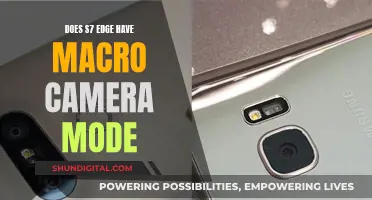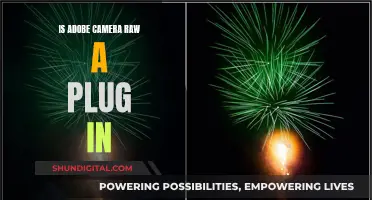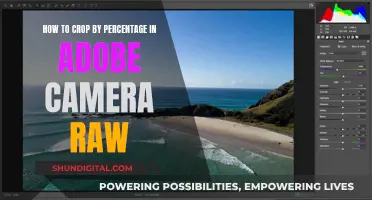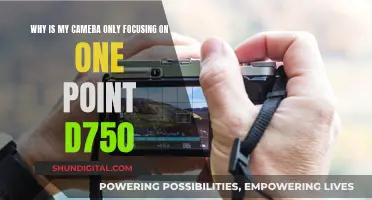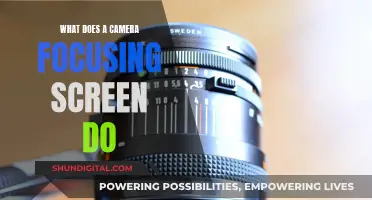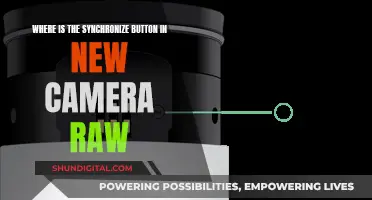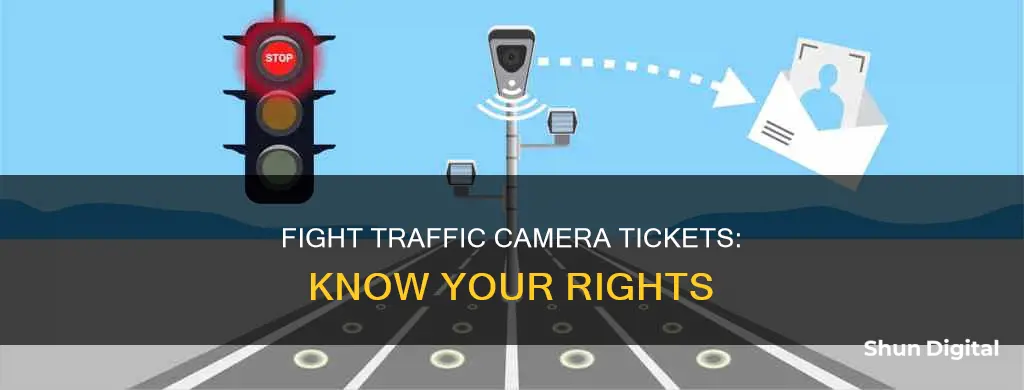
Traffic camera tickets are an increasingly common occurrence, but they can often be disputed. The first step is to examine your ticket and check the date, time, and location. It's important to establish whether you were actually driving the car when the ticket was issued, as some jurisdictions issue tickets to the owner of the car, not the driver. If you were driving, try to remember the details of the incident and write them down. You should also make a note of the exact code section you're cited for violating and review any photos or videos provided as evidence. If the photos are blurry or don't clearly show your car or yourself as the driver, this may be a valid defense.
The next step is to plead not guilty, either by mail, online, or in person, depending on the jurisdiction. You'll typically have 30 days to dispute the ticket. If you plead not guilty, you'll need to request a formal hearing, where you can present your defense. It's a good idea to research the applicable laws in your area, as some states have specific rules about warning signs for traffic cameras, or recognize a necessity defense for speeding. At the hearing, you can challenge the admissibility of the photograph as hearsay or dispute the authenticity of the photograph if no one from the company that maintains the camera is present to testify. You can also argue that the prosecution cannot prove you were driving or that the traffic light was functioning properly.
Contesting a traffic camera ticket can be a complex process, but it's important to know your rights and understand the potential consequences of simply paying the fine.
| Characteristics | Values |
|---|---|
| Time to contest | Typically 30 days from the date of the citation |
| Contest options | By mail, online, by phone, or in person |
| Evidence to collect | Photographs of the area, maintenance records of the camera, statements from passengers or witnesses |
| Documentation to bring | Ticket, vehicle registration, correspondence related to the ticket |
| Defenses | Camera inaccuracy, signage issues, mistaken identity, procedural errors |
What You'll Learn
- Check the ticket details: date, time, location, and vehicle ownership
- Review photos and videos for clarity and proof of violation
- Plead not guilty by mail, online, or in person within the deadline
- Research applicable laws and common defences, e.g., signage requirements
- Gather evidence and present your case at the hearing

Check the ticket details: date, time, location, and vehicle ownership
When you receive a traffic ticket, it's important to carefully check the details of the ticket, including the date, time, location, and vehicle ownership information. This is crucial, especially if you plan to contest the ticket. Here are some detailed instructions on how to verify these details:
- Date and Time: Check the date and time recorded on the ticket. This information is essential because it allows you to reconstruct the events and determine if you were indeed driving the vehicle at that specific time. It's worth noting that camera tickets are typically sent to the owner of the car, not the driver, so make sure you were the one behind the wheel when the ticket was issued.
- Location: Verify the location where the ticket was issued. This information can help you recall the circumstances and any specific details about that particular area, such as road conditions, traffic signs, or intersections. Reconstructing the scene can be valuable in building your defence.
- Vehicle Ownership: Confirm that the ticketed vehicle is registered in your name. In some cases, you may need to prove that someone else was driving your vehicle. This is especially relevant if you can provide evidence that your car was stolen, rented, or leased to someone else at the time of the violation. Remember that laws vary by jurisdiction, so it's essential to understand the specific requirements in your area.
To check vehicle ownership details, you can utilise various online platforms and services. For instance, you can use the VAHAN website or the Parivahan portal, which allows you to enter the vehicle's registration number and obtain ownership information. Alternatively, you can send an SMS with the vehicle's registration number to a specified number and receive the details via text message. Additionally, certain mobile applications, such as the ACKO app, offer a convenient way to check vehicle owner details by simply logging in and entering the registration number. These tools can be invaluable when verifying ownership information and building your case.
Syncing Camera Raw: A Step-by-Step Guide
You may want to see also

Review photos and videos for clarity and proof of violation
When you receive a traffic camera ticket, it is important to review the photos and videos of the incident. This is a crucial step in determining the clarity of the evidence and whether a violation can be proven. Here are some detailed instructions on how to review photos and videos effectively when contesting a traffic camera ticket:
Check the Details:
First, examine the date, time, and location of the ticket. Verify that you were indeed driving the vehicle at the specified date, time, and location. This is important because, in some jurisdictions, the prosecutor must prove that you were driving the vehicle during the violation.
Review the Media:
Next, carefully review any photos and videos included with the notification. Confirm that the vehicle in the media matches your car, including the license plate. Pay attention to the clarity of the media. Blurry or unclear photos and videos can be challenged as evidence, especially if your license plate is not clearly visible.
Evaluate for Identification:
Determine if there is a clear and identifiable photo of you in the driver's seat. If not, this can be a potential defence, especially in jurisdictions where the ticket follows the driver rather than the registered owner of the vehicle. Be mindful that you will be under oath, so you cannot argue that you were not driving if you were indeed the driver.
Request Additional Media:
If photos or videos were not included with your citation, you may need to wait until your trial is scheduled to request copies from the relevant law enforcement agency. This is an important step in gathering all the evidence before your hearing.
Analyse for Violation:
Review the photos and videos to verify if they depict a true violation. Analyse the media for any signs of malfunction or inaccuracy. For example, in the case of a red light camera ticket, verify if the media shows your vehicle crossing the limit line or entering the intersection after the light turned red. If not, there may be no proof of a violation.
Scrutinise Signage Requirements:
Check if there are any specific signage requirements for red light cameras in your state. Some states mandate the placement of signs at intersections with red light cameras, informing drivers of their presence. If the required signage was missing, obscured, or incorrectly placed, you may have grounds to contest the ticket.
By thoroughly reviewing the photos and videos associated with your traffic camera ticket, you can identify potential defences and build a stronger case when contesting the violation. Remember to be diligent in your review and seek legal advice if needed to protect your rights and driving record.
The Origin Story of Nextbase Cameras
You may want to see also

Plead not guilty by mail, online, or in person within the deadline
If you want to dispute a traffic camera ticket, you must plead not guilty by the deadline. You can do this by mail, online, or in person. The deadline is usually around 30 days from the date of the citation, but be sure to check your citation to be certain.
If you plead not guilty, you are stating your intention to dispute the ticket. This is the only option that allows you to do this—if you pay the fine, you are essentially admitting guilt.
You may be able to plead not guilty by mail or online, depending on your jurisdiction. This is often the case for less serious traffic violations, such as speeding or running a red light. Check your citation to see if this is an option for you.
If you have no choice but to appear in traffic court to plead not guilty, you must show up at the date and time listed on your citation. This initial appearance may also be called an arraignment, first appearance, or notice hearing.
Unleash Camera Raw's Power: Discovering MIROE
You may want to see also

Research applicable laws and common defences, e.g., signage requirements
When contesting a traffic camera ticket, it is important to research the applicable laws and any common defences that may help your case. The specific defences that apply will depend on the laws of your state, so be sure to review these carefully. Here are some general guidelines and common defences to consider:
Research Applicable Laws
The laws regarding traffic camera tickets vary from state to state. Some states permit the use of cameras for speed enforcement and red-light violations, while others have restrictions or bans in place. It is important to understand the specific laws in your state. In some states, such as California, red light cameras are permitted, while in others like Texas, they are prohibited. Knowing the specific laws in your state will help you determine if there are any violations in the way your ticket was issued.
Common Defences
- Signage Requirements: Some states have specific requirements for warning signs to be posted near traffic cameras. For example, Louisiana requires visible signage where cameras are active. If the warning signs were missing or not clearly visible, you may have a valid defence.
- Driver Identification: In some states, like Missouri, it is required to have proof of the driver's identity at the time of the offence. If the camera ticket does not clearly identify the driver, this may be a valid defence.
- Camera Calibration and Maintenance: Traffic cameras must be properly calibrated and maintained to ensure accuracy. Request maintenance records for the camera and argue that the photo is unreliable if it cannot be proven that the camera was functioning correctly.
- Right to Confront Witnesses: The Sixth Amendment guarantees your right to cross-examine witnesses. Argue that you do not have the opportunity to confront the witnesses who maintain the camera system if they do not appear in court.
- Hearsay Objection: In some jurisdictions, a red light camera photo may be considered hearsay, which is an out-of-court statement used to prove the truth of the matter. Hearsay evidence is generally inadmissible unless it falls under specific exceptions.
- Necessity Defence: Some states recognise a necessity defence for speeding. For example, if you were speeding to get to the hospital in an emergency, this may be a valid defence.
- No Proof of Violation: Review the photos and videos provided with your ticket. If they do not clearly show your vehicle crossing the line or entering the intersection after the red light, there may be no proof that a violation occurred.
Overnight Charging: Is It Damaging Your Camera Battery?
You may want to see also

Gather evidence and present your case at the hearing
Once you have requested a hearing, you should start gathering evidence to support your case. This can include photographs of the area where the violation occurred, maintenance records of the speed camera, and statements from any passengers or witnesses. It is important to be thorough in your evidence gathering as this will strengthen your case.
You should also obtain all relevant documentation, such as the ticket itself, your vehicle registration, and any correspondence related to the ticket. Review the photos and videos provided as evidence of your violation. Check that they clearly show the violation and accurately identify your vehicle. If the images are blurry or unclear, this could be used as part of your defence.
Research the specific laws and regulations related to your case. Understand the legal requirements and potential penalties for the violation. This knowledge will help you build a strong defence. If there are specific rules or standards that have not been followed, make a note of this as it could help your case. For example, if warning signs were obscured or not present, this could be a valid defence.
If you believe there were any technical issues with the camera, such as calibration or maintenance problems, gather evidence to support this. Request maintenance and calibration records to verify if the camera was functioning correctly.
If you were not the driver at the time of the incident, you may need to identify the actual driver. This can be a tricky situation, but providing evidence that someone else was driving could help your case.
Present your evidence clearly and concisely at the hearing. Practice your statements beforehand to ensure you cover all relevant points. Listen to the prosecution's case and make notes on any points you want to address. Treat the judge and courthouse staff with respect and avoid giving them a reason to doubt your character.
Unlocking Portrait Mode: Capturing Professional Photos on Your Mobile
You may want to see also


